Is Willy Wonka Really A Child Murderer?
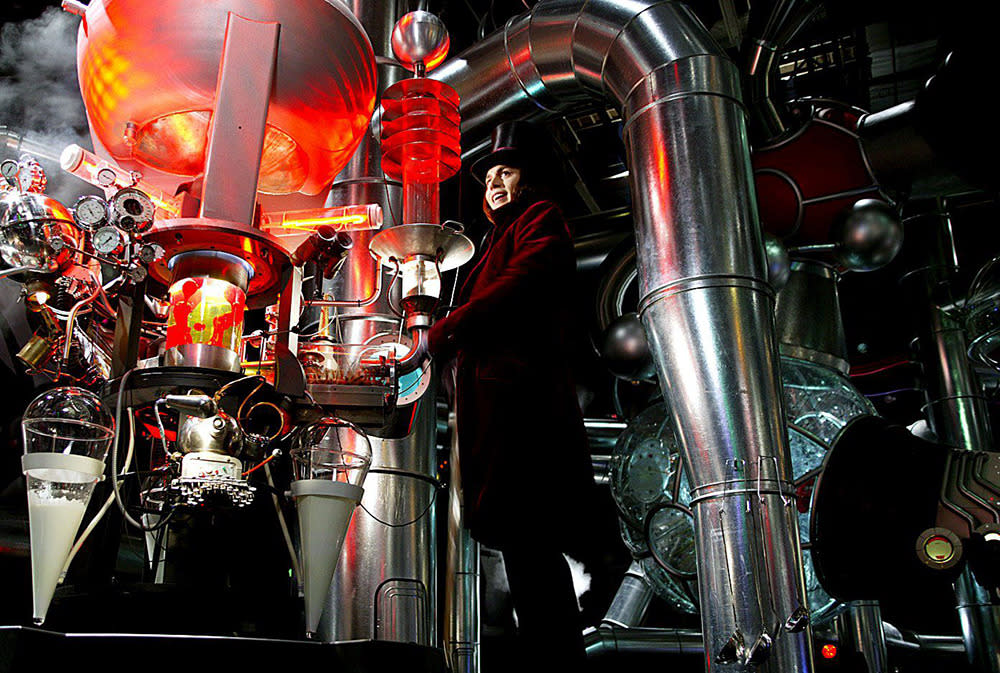
As part of our series on mind-blowing movie fan theories, we’re changing the way you watch some of Hollywood’s most famous films.
Today – a double! 1971’s ‘Willy Wonka & The Chocolate Factory’ and the Johnny Depp remake ‘Charlie And The Chocolate Factory’ from 2005.
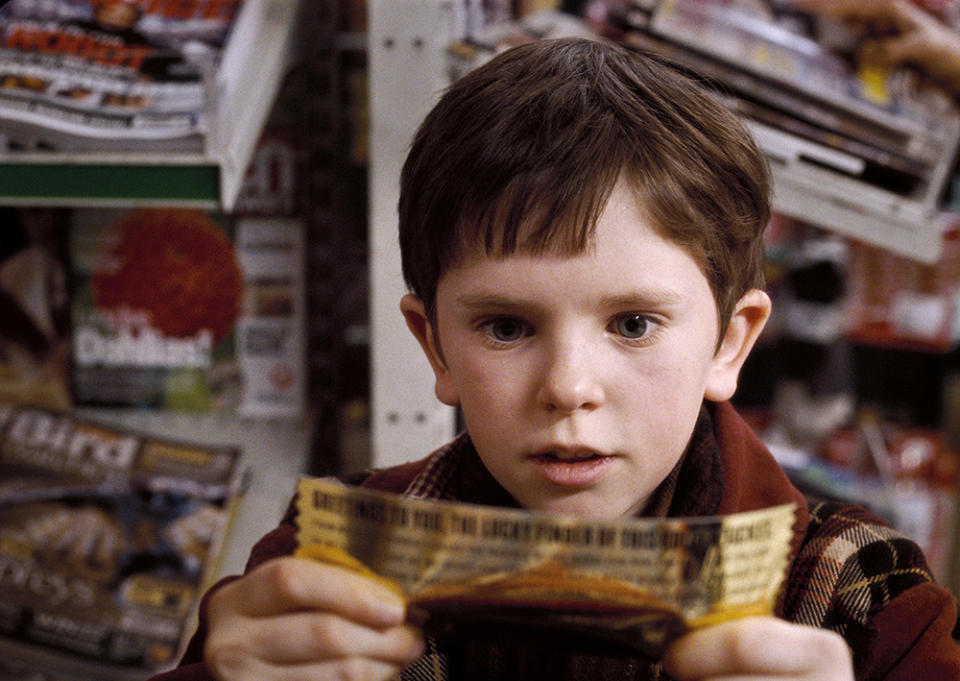
The theory
Published in 1964, Roald Dahl’s masterpiece about a reclusive confectionary inventor who hides five Golden Tickets in bars of chocolate around the world so a group of kids can win a visit to his factory has thrilled readers for generations. It’s been adapted for the screen twice – originally starring Gene Wilder as Willy Wonka and again with Johnny Depp.

But while Dahl has never shied away from darkness in his stories, there are some downright macabre people out there on the internet who have a far more malevolent interpretation of the story.
They posit that Wonka bringing kids to his factory so he can find an heir to his empire is not the real reason he does it.
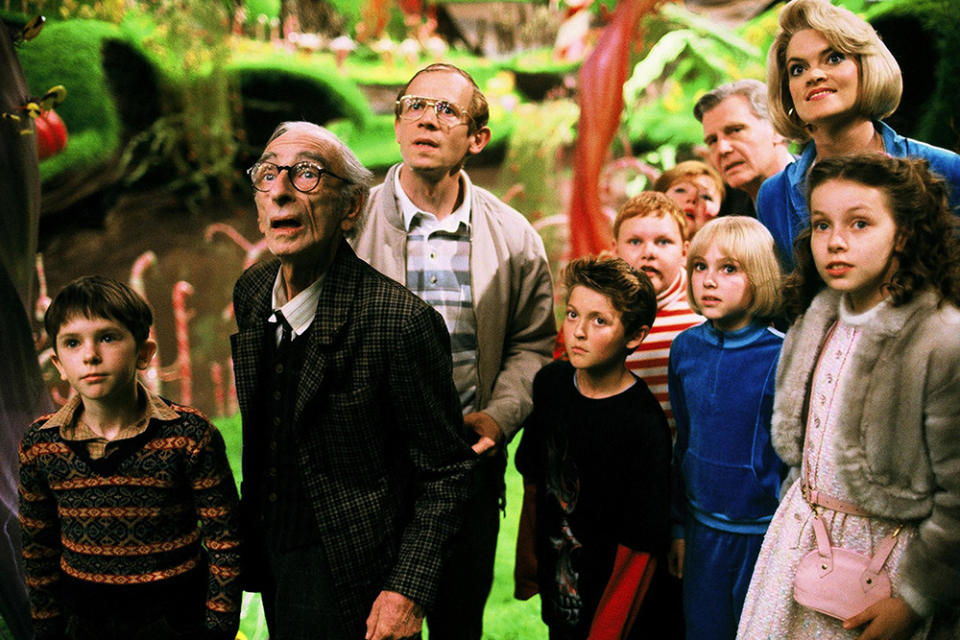
In fact, the key to Wonka’s mind-blowing sweets and chocolate is that it’s made from children’s body parts – the competition is actually a way of getting more into his clutches. That’s right, the Whipple-Scrumptious Fudgemallow Delight is people! And what’s more Willy is a serial child murderer. Bet you’re glad you never got a golden ticket now…
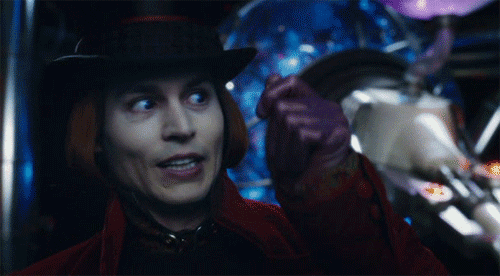
The evidence
For starters, let’s look at the science. Gelatin, an important component in jelly sweets amongst others, is partly made by boiling animal skin, bones and cartilage. Yep, that’s what you’re tasting in your daily Haribo.
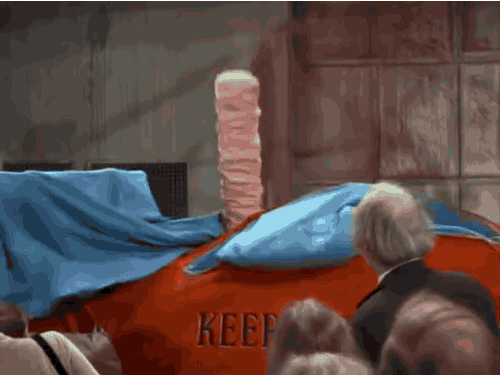
So if Wonka – the foremost candy inventor in the world – was in search of the best-tasting sweets ever, why wouldn’t he look at alternative and perhaps more delicious ingredients for gelatin? Might human bones be the answer he was looking for?
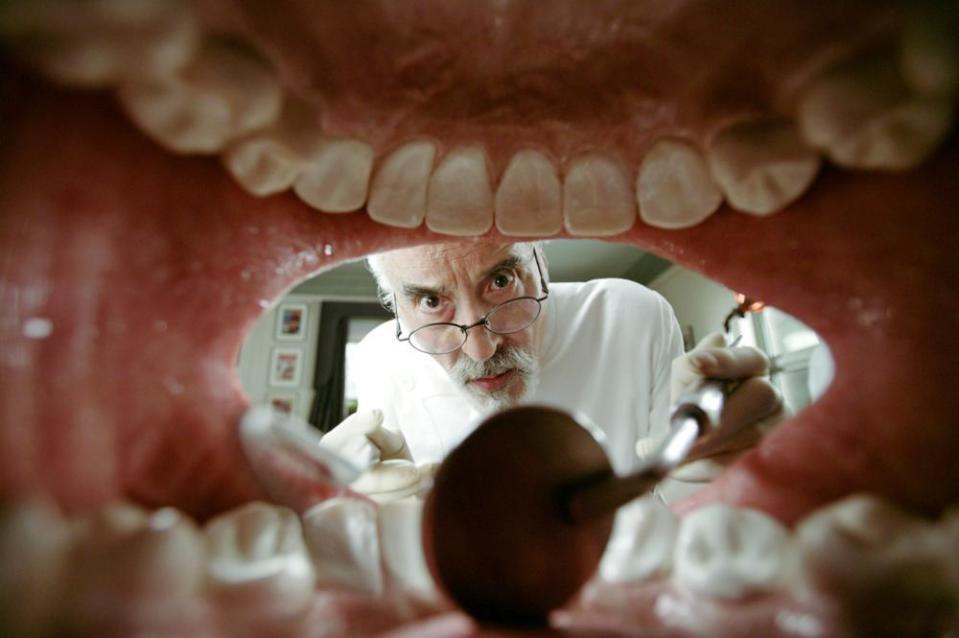
Anyone who’s seen the films knows one thing. Willy Wonka is, like, weird. In Tim Burton’s 2005 remake, Christopher Lee plays the invented character of Wonka’s dad, a dentist who inflicts pain on his son and forces him to be laughed at because of his dental furniture. You don’t have to be a trained psychologist to think that a boy who’s grown up being bullied both paternally and by fellow children might want to inflict pain on said species. You see it in every detective show ever.
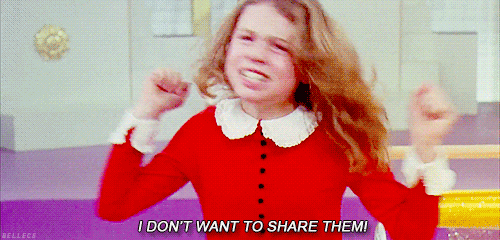
And why do only kids find the Golden Tickets? Adults buy chocolate and in greater quantities. In other words, Wonka deliberately made it so that children would win in order to gut them.
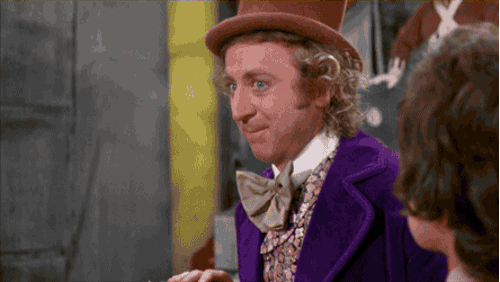
Both Gene Wilder and Johnny Depp’s performances are unique in their own way, but Wilder in particular pulls off a kind of moral ambivalence – sociopathy? – about the fate of the kids during the journey. After all, why would a normal person let children near the kind of death-inducing machinery that litters the various rooms?
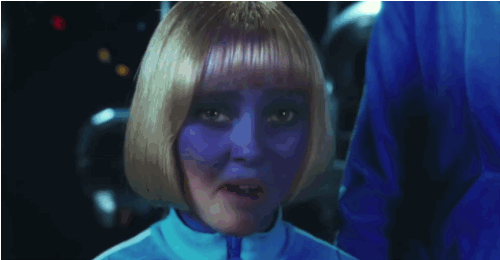
The tube branching off the chocolate waterfall didn’t need to be almost-boy-sized. On top on that, when Wilder sees Augustus Gloop drinking from the chocolate river, he could have easily saved him. Instead, he causes a ruckus and runs towards him, leading to the German fattie falling off the bank.
Also in the 1971 film, Grandpa Joe and Charlie break the rules by imbibing some fizzy lifting drink which almost ends with them being decapitated by an unnecessary ceiling fan.

Ever noticed how good the Oompa Loompas are at rhyming? It’s almost as is they know what’s going to happen. In the 2005 film, there are even full backing tracks and Katy Perry-level choreography. That’s because they’ve all been written and rehearsed beforehand and are part of the Wonka’s psychopathic enjoyment of the carnage.

It’s worth pointing out too that when Roald Dahl was drafting the novel, there were originally between 10 and 15 kids invited to the factory. That was eventually whittled down to six, including a girl called Miranda Mary Piker, who was ultimately culled by the author in the final novel. But according to the writer’s official website, before that, Piker suffered an ignominious fate after falling into the Peanut Brittle Room. Dahl’s poem, sung by the Oompa Loompas, included the lines:
Soon this girl who was so vicious
Will have gotten quite delicious
And her parents will have surely understood
That instead of saying, ‘Miranda,
'Oh the beast we cannot stand her!’
They’ll be saying, 'Oh, how tasty and how good!’“
Er, she’s dead and you’re eating her, people.
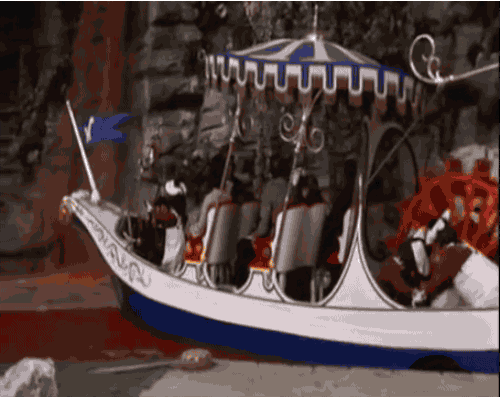
Have you looked closely at the boat from the scary river ride and the bubble-fuelled car in the 1971 movie? Neither of them have any spare seats. In other words, it’s almost as if Wonka knew that some of the kids wouldn’t make it out of the rooms they’ve just come from. Tell us that isn’t creepy…
But why does he invite people so publicly, you may ask? Why not just steal youngsters off the street to turn them into mulch? Possibly because it’s a punishment for all the kids’ sins, which is exactly the kind of narcissistic methodology used by serial killers.
In fact, some conspiracy theorists argue that the children represent the seven deadly sins: Veruca Salt is Envy, Augustus Gloop is Greed and Gluttony, Violet Bureaugarde is Pride and Lust, while Mike Teavee is Sloth and Wrath. In other words, Wonka is like Kevin Spacey in ‘S7ven’, using giant squirrels rather than weaponised sex toys.
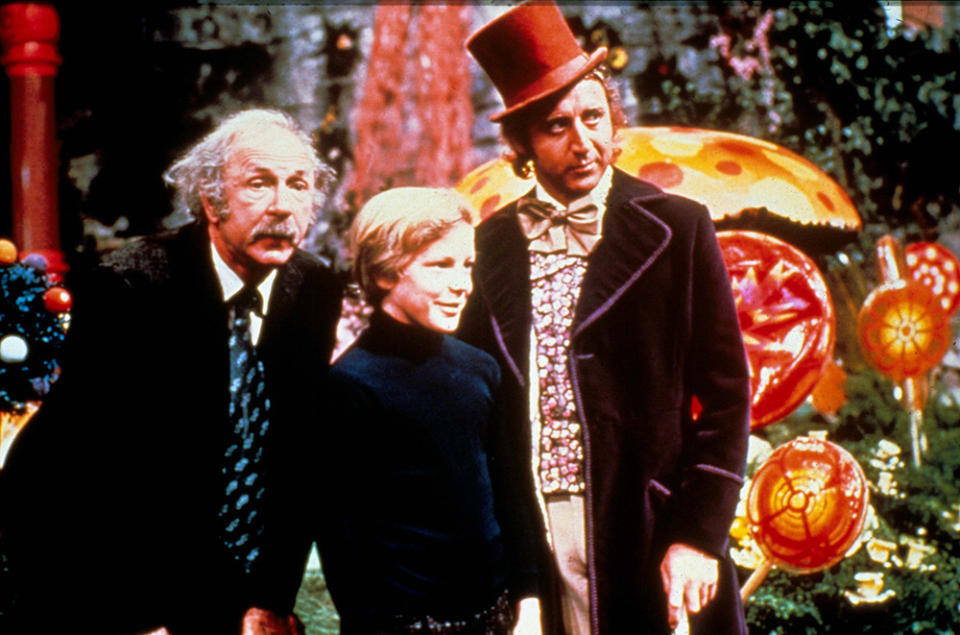
Only Charlie is blameless and that’s what ultimately changes Wonka’s mind. Or more disturbingly, Charlie is a blank slate, ready to take over Wonka’s homicidal business.
Finally, think back to when Wilder takes the group into the factory for the first time. He unveils an endless contract to be signed in case of accident. But he only asks the kids to sign it. If he was worried about accidents or being sued, wouldn’t he get the grown-ups for their signature too? Not if the small print included something about agreeing to use your body for candy-eating pleasure.

The verdict
Okay, this is a beloved children’s book and in the novel and the Tim Burton version, we see that the kids have survived their ordeal, despite being irreparably damaged (not sure a lifetime supply of chocolate will make up for that). So probably not.
But the 1971 version suggests there is something to it. Remember that Dahl himself was involved in writing the screenplay – maybe he felt able to include some things in a cinematic take that he wasn’t able to on paper?

In addition to all the evidence above, ponder the end of the movie, when Charlie is the only kid left. Wonka says that the other children will be “recovered”. Isn’t that what policemen say when they are talking about a corpse? And while he does intimate they’re not dead, we don’t see them alive and he’s lied consistently throughout the journey anyway.
So, next time you take that bite of a Twirl, think about what might have gone into it. Doesn’t taste so good, right?
- 10 Fast & Furious Franchise Facts That Will Blow Your Mind
- Whatever Happened To Andie MacDowell?
- 10 Actors Who Hated Their Own Films
Photos: Giphy/Rex/Moviestore/Snap Stills/Warner Bros/Paramount/ITV

 Yahoo Movies
Yahoo Movies 
